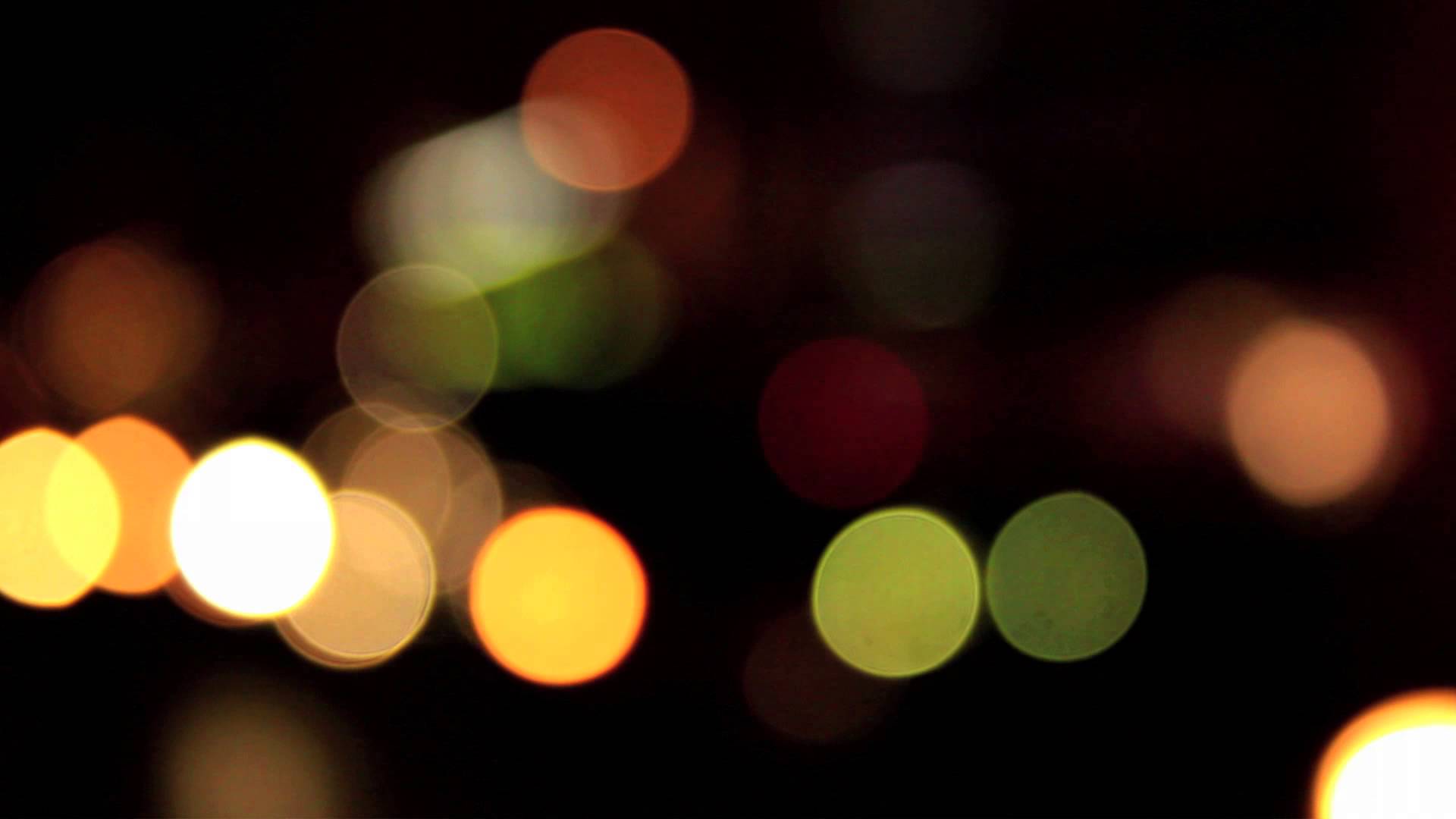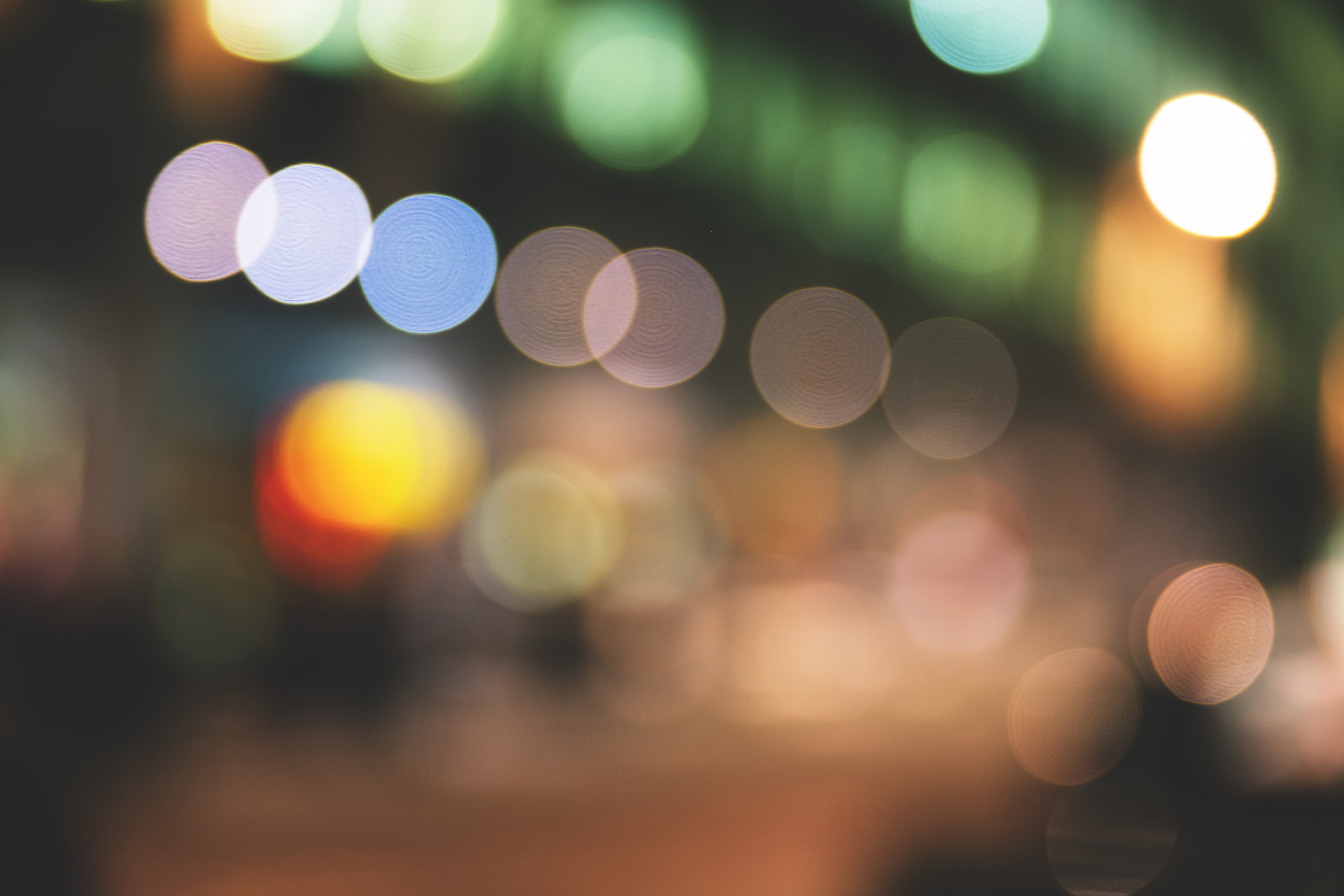

Photographers may deliberately use a shallow focus technique to create images with prominent out-of-focus regions, accentuating their lens's bokeh.īokeh is often most visible around small background highlights, such as specular reflections and light sources, which is why it is often associated with such areas. Some lens designs blur the image in a way that is pleasing to the eye, while others produce distracting or unpleasant blurring ("good" and "bad" bokeh, respectively). Differences in lens aberrations and aperture shape cause very different bokeh effects. Bokeh has also been defined as "the way the lens renders out-of-focus points of light". In photography, bokeh ( / ˈ b oʊ k ə/ BOH-kə or / ˈ b oʊ k eɪ/ BOH-kay Japanese: ) is the aesthetic quality of the blur produced in out-of-focus parts of an image, caused by Circles of Confusion. Selecting a region changes the language and/or content on bokeh on a photo shot with an 85 mm lens and 70 mm entrance pupil diameter, which corresponds to f/1.2 An example of a portrait photo (of Katherine Maher).

Bokeh bokeh light full#
“Bokeh looks really cool, but at the same time, you won’t necessarily get the full image, which can limit options when you edit,” says Dougan.

Remember, aggressive bokeh can often be difficult to adjust in editing, so think about editing your footage before you shoot.
Bokeh bokeh light manual#
It can be hard to create these with automatic f-stop adjustments and aperture priority settings, so it helps to go manual with this. Wide apertures of 1.8 or 1.4 are even better. For really powerful bokeh effects, choose lenses that have an aperture setting of 2.8 or below. It blurs everything else, which allows you to play with bokeh. Aperture is controlled by f-stops, which are the settings that determine the aperture’s width.įor narrow depth of field, place your object closer to the lens or a specific point of focus. This means a lens that has an aperture that can be opened up very wide, which allows for much more light to enter the camera and expose the film or hit a digital sensor. You need a fast lens to create good bokeh effects. And remember, bokeh doesn’t always have to mean a blurry background. Make sure to include them in your storyboard. For example, in many popular sitcoms like The Office, blurring then focusing on a character’s reaction to something ridiculous often drives home the punchline.

Background: The backdrop or framing for the middle and foregroundĪny of these parts of a scene can have a bokeh effect, but when you’re planning out your scenes and shots, make notes about what should have bokeh at what time to help you create many different effects during a scene, from comedic to dramatic.Middleground: Objects in a scene that occupy the middle space of a shot.Foreground: Objects closest to the camera in a shot.Conceptualizing the shot in terms of the three “-grounds” can help you do this: It’s also important to ensure that whatever you select, it’s actually achievable on the day of the shoot, based on lighting, location, and requirements of the script. When you’re storyboarding a scene, imagine and plan for how you’ll use the available visual field to make for aesthetically pleasing bokeh backgrounds and foregrounds. Before you can begin actually capturing your shots, you need to do some compositional planning in advance if you want effective bokeh. Many of the principles of bokeh photography apply to bokeh in video - the best bokeh is thoughtful bokeh.


 0 kommentar(er)
0 kommentar(er)
